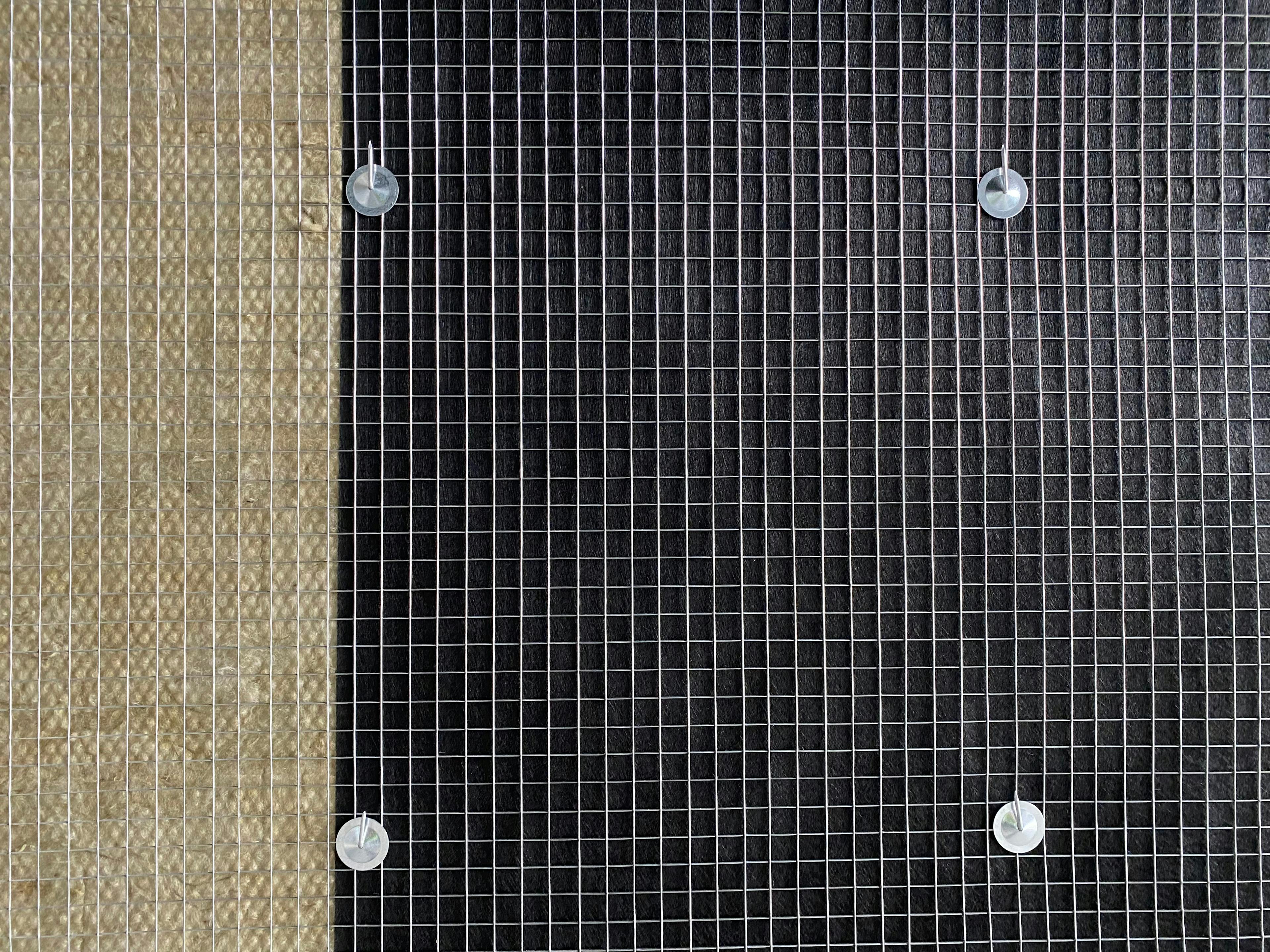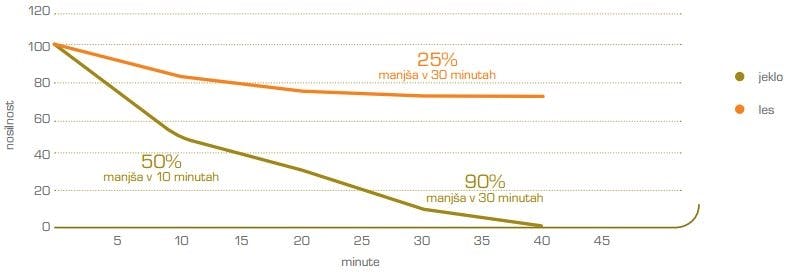- Safety
- Fire safety

Fire safety
Although wood is a combustible material, it is often wrongly underestimated when it comes to fire safety. Properly sized wooden constructions can outperform the fire resistance of steel and concrete. Wood has a low heat conductive property, which allows it to maintain its load-bearing capacity even at high temperatures. Steel, on the other hand, loses its load-bearing capacity at around 230°C, which in the case of wood does not happen as quickly.
In the event of a fire, wood has a special charring property that allows it to burn slowly from the outside in, maintaining its internal strength. The Marles wooden structures are additionally insulated with fire-resistant rock mineral wool and encased with fire-resistant materials, which prevents fire from reaching the structure.

Fire protection with a Marles house you get more protection than required by European Union regulations.
Marles buildings are fire tested and exceed the EU regulatory standards. Our tested elements maintain their properties even after the tests have been completed, demonstrating exceptional resistance and predictable emergency response in the event of a fire.

Wood is stronger than steel
The combustibility of wood is not the only factor that determines fire resistance. More important is "resistance to burning". Wood can burn in a controlled manner, retaining its strength, whereas steel loses its load-bearing capacity at a high temperature and collapses without warning. Wood also maintains its strength during a fire, ensuring safety and time to escape from the building. The graph below shows a comparison of the loss of strength of a steel structure compared to a wooden structure, where wood behaves more predictably and robustly even in the event of a fire.
The diagram on the right shows a comparison of the loss of strength of a steel structure compared to a wooden structure:

The figure on the right shows a wooden and a steel structure after a fire. Due to the size of the cross-section, the wooden beams did not collapse (1), whereas the steel beam is twisted (2), as can be seen in the figure.
